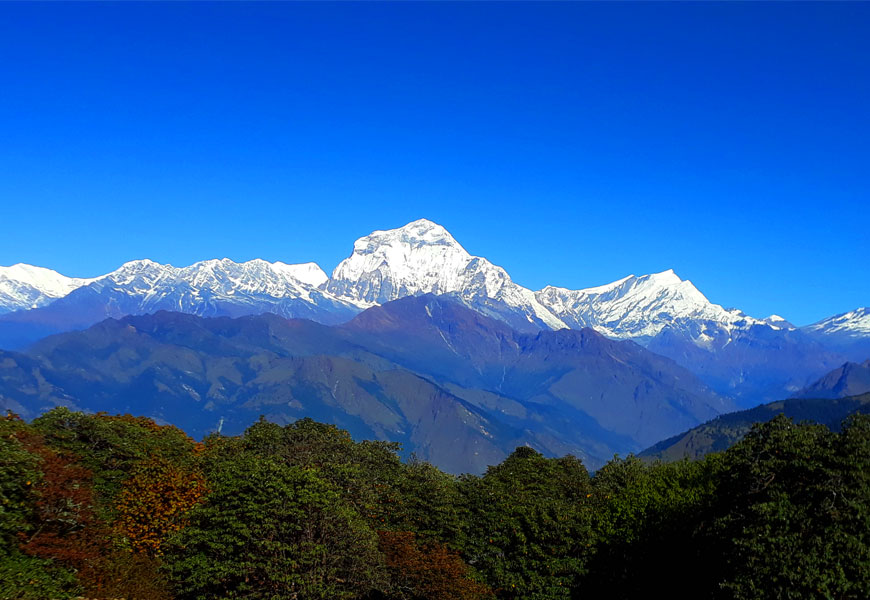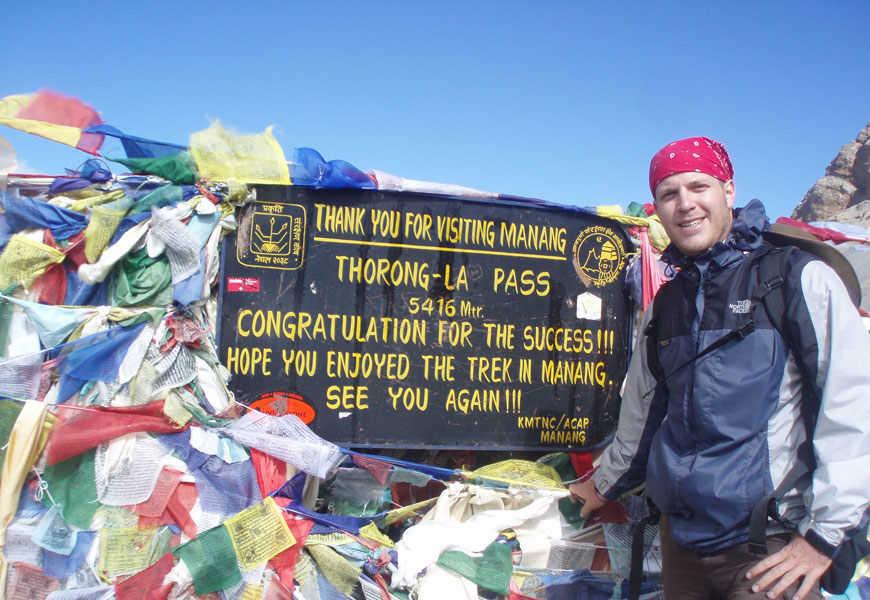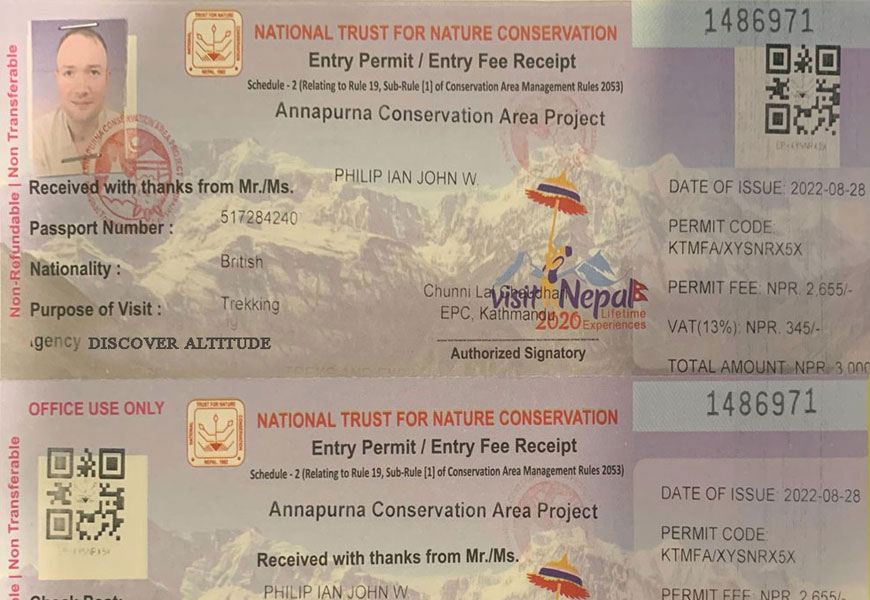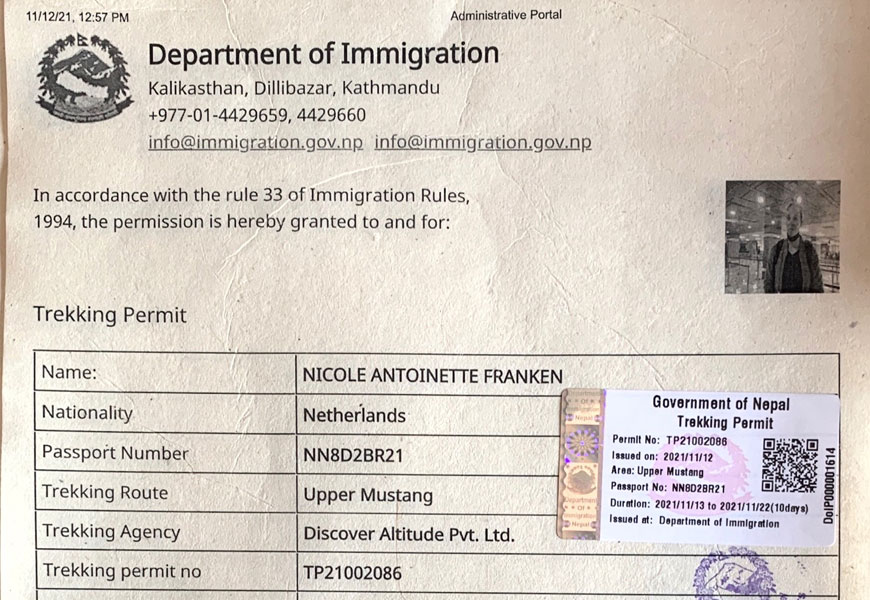Annapurna Region
Notice: Nepal bans solo trekking for foreigners, coming into effect from 1st April 2023
Annapurna, one of the most prescribed trekking destinations is also the most visited trekking area of Nepal and is listed under the top 10 bucket-list trails around the globe.
The entire Annapurna region lies within the Himalayas of central Nepal, named after the 10th highest mountain in the world Mt. Annapurna (8091M).
Annapurna region is diversely blessed with nature and culture, it shares its border with the Manaslu conservation area and Dhaulagiri conservation area, named after Mt. Dhaulagiri (8167M), the 7th highest mountain, and Mt. Manaslu (8163M), the 8th highest mountain in the world.

This Annapurna region is widely spread to the north bordering Tibet and is the only Himalayan region in Nepal so blessed with diverse trails taking you from a couple of days' adventure to a months-long trek.
The northern part of the Annapurna region lies in the Mustang district of Nepal, sharing its landline with the autonomous region of Tibet and is known as the Upper Mustang area, which is a restricted area for foreign travelers.
Lo Manthang is the local administrative headquarter of Upper Mustang and the trail to Tibet is the ancient salt trade route to the Korala border of Tibet.
Trekkers' interest to visit this restricted area needs an extra Special Restricted Area Permit from the Department of Immigration in Kathmandu.
The entire region of Annapurna is protected under the project called, Annapurna Conservation Area Project (ACAP) which was first established in the year 1985, to protect wildlife and nature. ACAP stretches its area to the Manang, Mustang, Myagdi, Lamjung, and Kaski districts of central Nepal.
Covering an area of 7629 km² (2946 sq mi), the Annapurna region is the largest protected area in Nepal, with altitudes ranging from 790M (2590Ft) to 8091M (26545Ft), making Mt. Annapurna the tallest peak of the entire Annapurna region.
Annapurna region has everything a trekker would love to see, Thorung La Pass (5416M/17769Ft) is the highest pass of the entire Himalayas reaching its end to the Tibetan plateau and Tilicho Lake is the highest situated lake of the Himalayas both lie in this region.
Other than this, there are numerous other majestic peaks in the Annapurna region ranging from 6000-8000 Meters. Gangapurna, Tilicho Peak, Pisang Peak, Machhapuchhre, Paungda Danda are some to mention.
In terms of view, the Annapurna region trek grants the majestic view of Mt, Dhaulagiri (8167M), Mt. Manaslu (8163M), and Mt. Annapurna (8091M), the three highest mountains above 8000+ meters.
Apart from the Himalayas, the Annapurna region holds two fast-flowing biggest rivers of Nepal i.e., Marshyangdi and Kali Gandaki rivers, both have their source from the Himalayas. Kaligandaki River is the deepest river gorge and is the main source of Ammonite/fossils.
Annapurna region is also rich in natural resources, there is an abundance amount of Uranium in the Upper Mustang area and Natural gas in the Muktinath area. These are protected zone by the Nepali Army.
Muktinath is another popular destination for travelers in the Annapurna region, it is the most popular temple of Lord Vishnu. Every year thousands of pilgrimages do Muktinath Darshan for salvation. This holy temple of Muktinath lies at an altitude of 3800M, in the Mustang district of the Annapurna region.
There are multiple popular trekking trails in the Annapurna region and Annapurna Circuit Trek is one of the popular weeks-long trekking trails through the highest Thorung La pass. This trail starts from Besisahar of Lamjung district, passing through Manang district, Mustang district, Magdi district, and Kaski district ending in Pokhara.

However, trekkers can make it short Annapurna Circuit Trek, ending in Jomsom to take a short flight to Pokhara, or can drive to Pokhara from Jomsom.
Moreover, there are two popular natural hot springs in the Annapurna region, one in Tatopani, while descending from Jomsom, and the other in Chomrung while heading towards Annapurna Base Camp Trek.
One interesting fact about the Annapurna region is, that within a short 120km distance, the altitude ranges from 790M to 8091M and the climate also changes drastically. The southern slope is warmer in the summer than the northern.
Even the climatic region differs, the southern slopes receive heavy rainfall during winter and the northern is dry due to the rain shadow of the high peaks. During winter, the northern part receives heavy snowfall, whereas the southern remains cold.
Although the Annapurna region cannot be compared with the others in terms of beauty, with the construction of roads the trekking trails of the Annapurna region have been shortening drastically. A week-long Ghorepani- Poonhil Trek can be completed in just 3-4 days and a 3-week long round Annapurna circuit trek in just a week.
This has helped locals to deal with their daily activities and the living standard has also changed due to easy accessibility to facilities and an easy approach to other day-to-day needs, due to the construction of motorable roads.
Still, there is numerous emerging new trekking trail in the Annapurna Region and among them Mardi Himal Base Camp Trek is one of them, leading you to the base of Mt. Mardi Himal.
Interested in Annapurna Region Trek: For more information or booking WhatsApp: +977-9841161593 or Email: [email protected]



